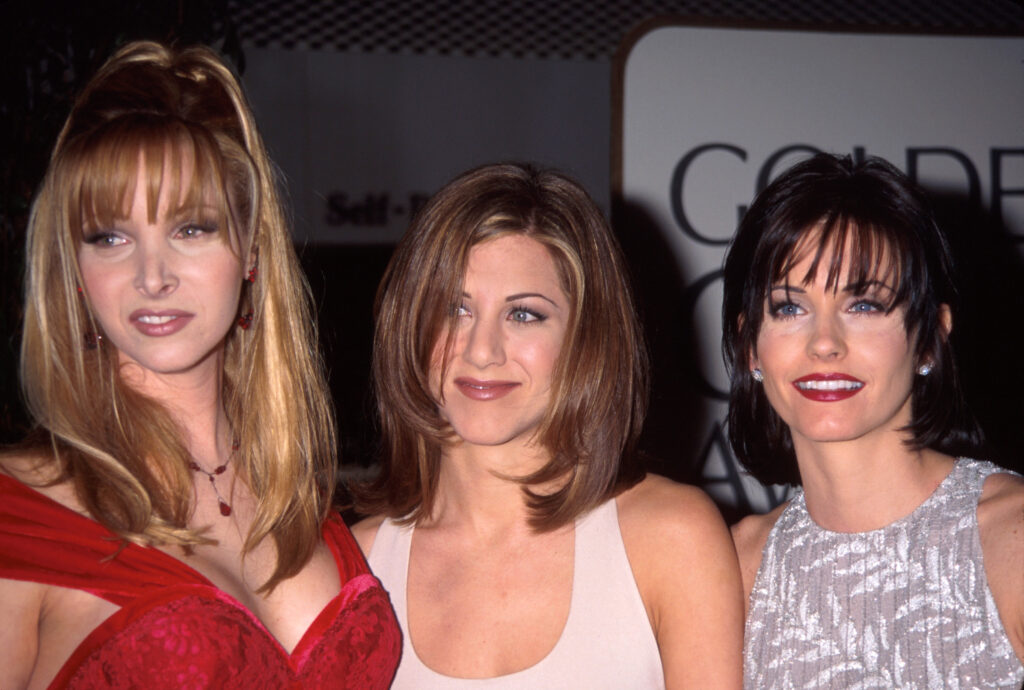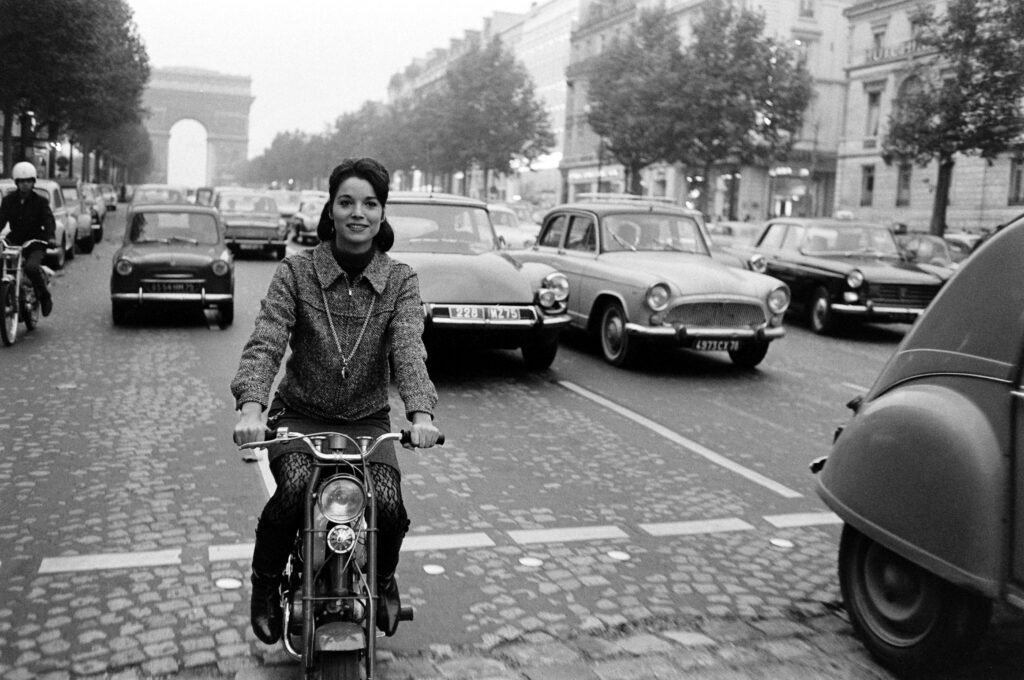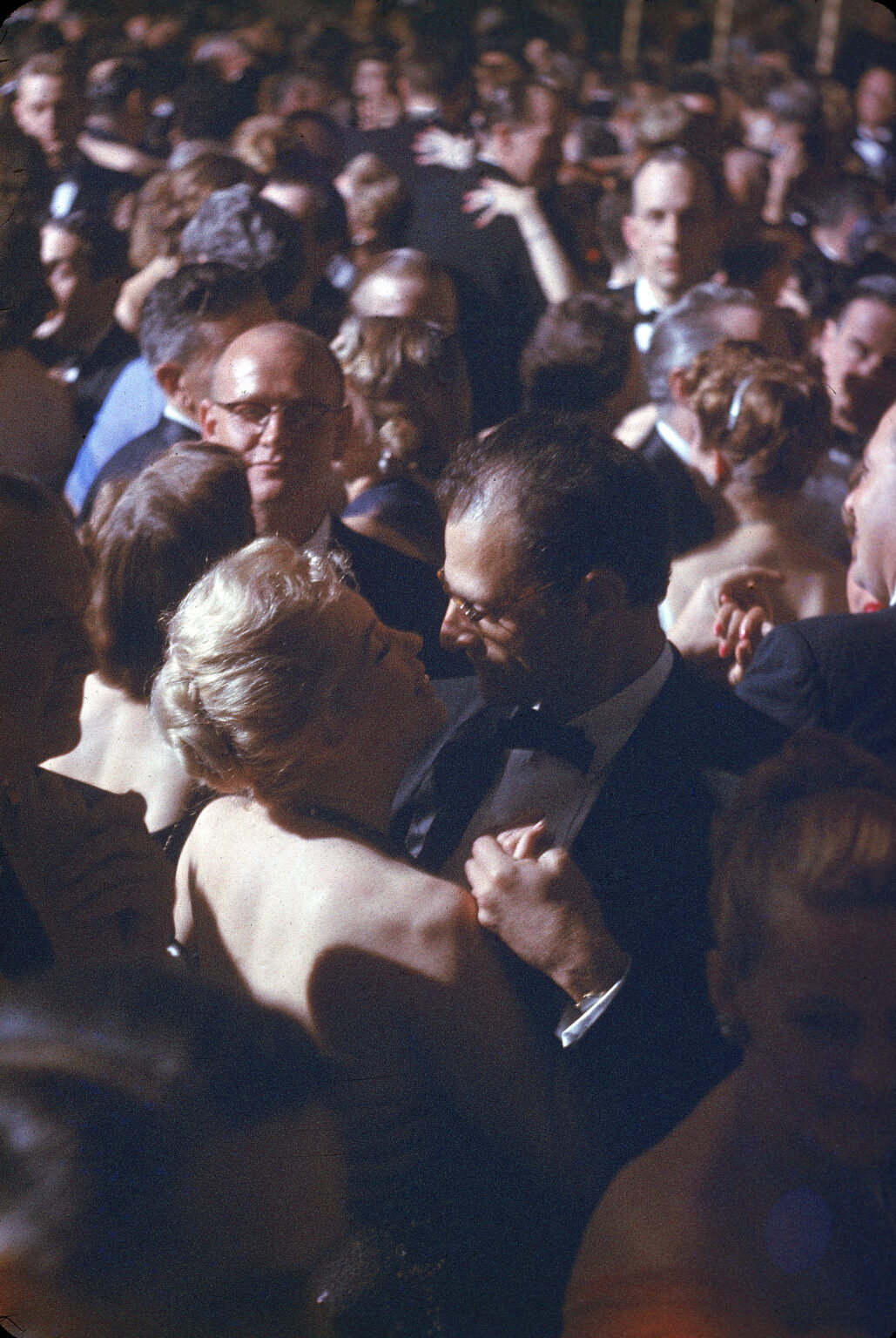Skiing is somewhere in the vicinity of 22,000 years old not as sport or recreation, but as a critical mode of transportation for early hunters. But skiing as Americans know it today, complete with high-speed chairlifts and cozy lodges selling overpriced French fries, only began to boom in the mid-1950s. With the advent of artificial snow and metal skis during that decade and plastic boots the next, more Americans took up the sport. Ski resorts, in turn, introduced new amenities to attract bigger crowds with each passing year.
LIFE photographer George Silk hit the slopes in 1957 to capture the building frenzy. A record 3.5 million skiers ad made their ways down America’s mountains the previous year, and several of the resorts he visited in Vermont—Stowe, Mount Snow, Mad River Glen—were host to ever more luxurious lodges, high-end apparel and, most of all, epic crowds. “As the peak late-February season approached,” LIFE declared, “the question was where all the skiers would find room to ski.”
The more skiers there were, the more the businesses rose to meet their demands. Mount Snow served up almost 20,000 hot dogs in a single weekend. Equipment rentals, previously unavailable, now came with free lessons. At Mad River Glen, skiers at the end of a long run could shed their gear and slip into a Catholic Mass. The only folks who weren’t pleased were the “old-line ski addicts,” who viewed new adopters of their sport as “a nuisance that crowds the slopes and inns they once had to themselves.”
But the newcomers were there to stay. Before long they would have snowboarders up on the mountains too.
Liz Ronk edited this gallery for LIFE.com. Follow her on Twitter @lizabethronk.

On Spruce Peak, VT., Harry Larsen climbs from her new lodge.
George Silk The LIFE Picture Collection/Shutterstock

Skiers unload from a train at Stowe, Vermont, 1957.
George Silk The LIFE Picture Collection/Shutterstock

Skiers board a chairlift at Mount Snow in Vermont, 1957.
George Silk The LIFE Picture Collection/Shutterstock

Fashion on the slopes at Mt. Snow, Vermont, 1957.
George Silk The LIFE Picture Collection/Shutterstock

Workers maintain the slopes at Stowe, Vermont, 1957.
George Silk The LIFE Picture Collection/Shutterstock

A family before a run at Stowe.
George Silk The LIFE Picture Collection/Shutterstock

Patty McMahon gets a push from her mother at Stowe.
George Silk The LIFE Picture Collection/Shutterstock

The McMahon kids get comfortable on their skis, Mount Snow, Vermont, 1957.
George Silk The LIFE Picture Collection/Shutterstock

Learning how to fall is an important part of the sport, 1957.
George Silk The LIFE Picture Collection/Shutterstock

A packed chairlift at Mount Snow in Vermont, 1957.
George Silk The LIFE Picture Collection/Shutterstock

Hooded skiers shuffle slowly toward a chair life at Mt. Snow. Cloaks were provided by lift operators to keep skiers warm on windy ride up the mountain.
George Silk The LIFE Picture Collection/Shutterstock

The double-chair lift at Mt. Snow gave novices a luxury usually enjoyed only by crack skiers.
George Silk The LIFE Picture Collection/Shutterstock

Manufactured snow, blowing from nozzles, veils skiers in mists at Bousquet’s, near Pittsfield Mass. During a January thaw, Bousquet’s was jammed with skiers unable to ski elsewhere.
George Silk The LIFE Picture Collection/Shutterstock










































































































